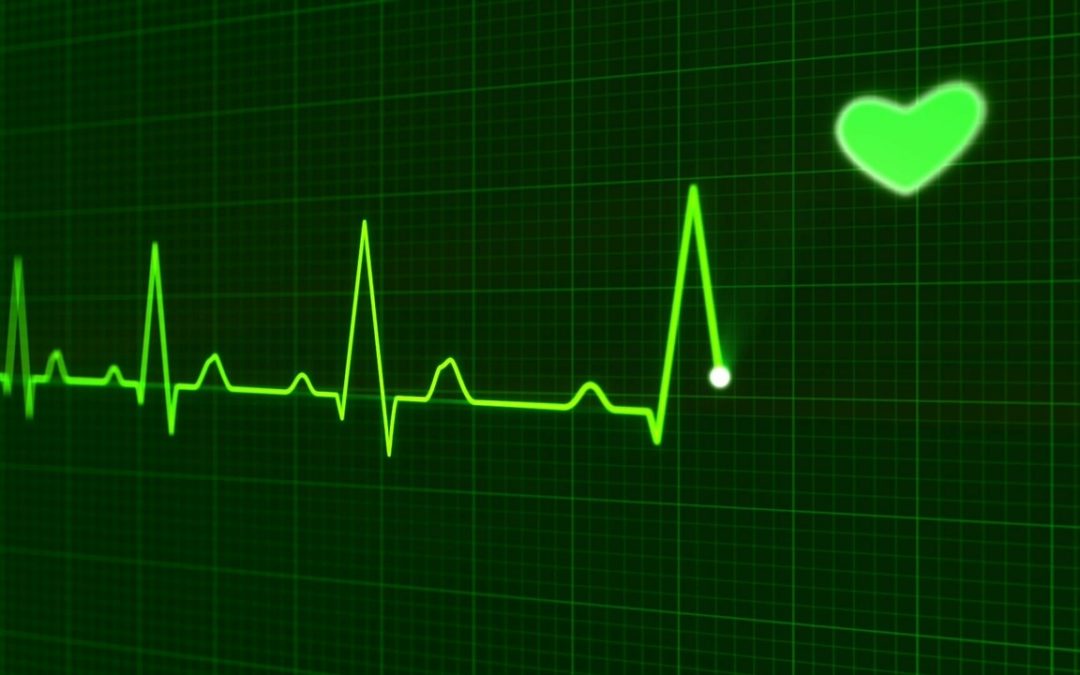Long-term cardiac follow-up of athletes infected with SARS-CoV-2 after resumption of elite-level sports
van Hattum JC, Daems JJN, Verwijs SM, Wismans LV, van Diepen MA, Groenink M, Boekholdt SM, Planken RN, van Randen A, Hirsch A, Moen MH, Pinto YM, Wilde AAM, Jørstad HT. Heart. 2023 Sep 7:heartjnl-2023-323058. doi: 10.1136/heartjnl-2023-323058. Epub ahead of print. PMID: 37678891.
Take-Home Message
Elite-level athletes with a history of COVID-19 had cardiac measurements similar to unexposed elite athletes. Hence, return to sports participation is safe for athletes following COVID-19.
Background
The COVID-19 pandemic created an unprecedented event that still dramatically impacts sports at all levels. While some investigators have suggested that SARS-CoV-2 infection is associated with myocarditis, we lack a complete understanding of SARS-CoV-2’s impact on cardiac abnormalities among athletes.
Study Goal
The researchers used a prospective cohort study to evaluate if SARS-CoV-2 infection may harm cardiac function and anatomy among elite-level athletes.
Methods
A total of 259 elite athletes participated in the Evaluation of Lifetime participation in Intensive Top-level sports and Exercise (ELITE) cohort. All included athletes were at least 16 years of age, exercised more than 10 hours per week, and underwent periodic cardiovascular screenings. Of the 259 athletes included, 123 athletes had confirmed SARS-CoV-2 infection. Those with confirmed SARS-CoV-2 infection underwent additional cardiovascular testing, including ECG, metabolic laboratory assessment, and cardiovascular MRI. This assessment was repeated at 3, 6, and 9 months post-infection. The athletes without an infection offered data from before the pandemic or had self-reported no infection, which investigators confirmed with blood tests for antibodies.
Results
The authors found no differences between elite athletes with or without exposure in cardiac function or ventricular volume.
Viewpoints
While there has been concern about myocarditis among people exposed to SARS-CoV-2, the current study suggests that, at least in the mid-term, an infection does not relate to lingering concerns regarding cardiac function or anatomy. However, more research should continue to examine how SARS-CoV-2 may impact cardiac function because it remains unclear if we can safely apply these findings to non-elite athletes.
Clinical Implications
Clinicians should advise patients that among elite athletes, it appears safe, at least in the mid-term, to return to sport from a cardiac perspective. It may benefit patients who are non-elite athletes to discuss that these findings may not apply to them. Hence, clinicians should follow appropriate return-to-participation guidelines and monitor the literature.
Questions for Discussion
Before this study, what were your return-to-participation practices following SARS-CoV-2 infection? What other considerations would you like to see from future research regarding SARS-CoV-2?
Written by: Kyle Harris
Reviewed by: Jeffrey Driban
Related Posts
Tested Positive for COVID? Be Careful Out There
We Need a Better Understanding of How COVID-19 Affected Our Athletes
Utilization of cardiovascular magnetic resonance (CMR) imaging for resumption of athletic activities following COVID-19 infection: an expert consensus document on behalf of the American Heart Association Council on Cardiovascular Radiology and Intervention (CVRI) Leadership and endorsed by the Society for Cardiovascular Magnetic Resonance (SCMR)
Adapted physical activity in subjects and athletes recovering from covid-19: a position statement of the Società Italiana Scienze Motorie e Sportive

